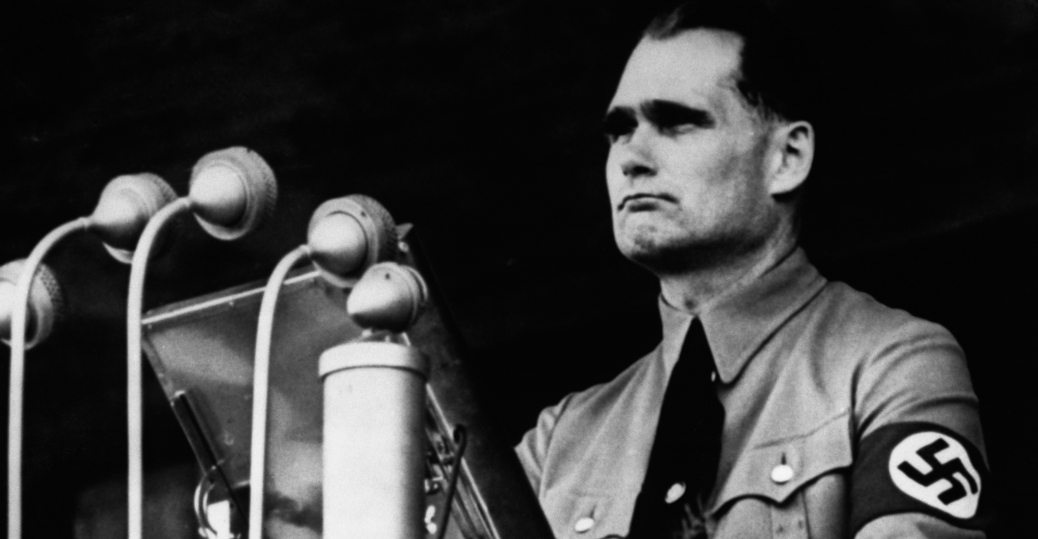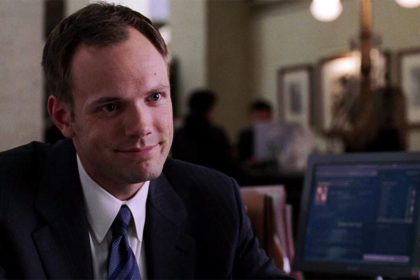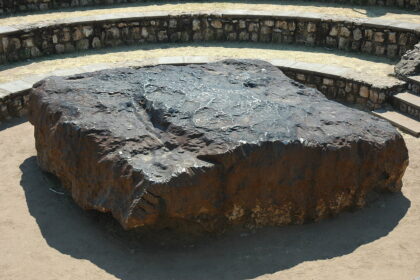Rudolf Walter Richard Hess was a prominent politician in Nazi Germany. Appointed Deputy Fuhrer to Adolf Hitler in 1933, he served in this position until 1941, when he flew solo to Scotland in an attempt to negotiate peace with the United Kingdom during World War II. Take a look below for 30 more weird and interesting facts about Rudolf Hess.
1. He was taken prisoner and eventually was convicted of crimes against peace, serving a life sentence until his suicide.
2. Hess enlisted as an infantryman at the outbreak of World War I.
3. He was wounded several times over the course of the war and was awarded the Iron Cross, 2nd class, in 1915.
4. Shortly before the war ended, Hess enrolled to train as an aviator, but he saw no action in this role.
5. He left the armed forces in December 1918, with the rank of Leutnant der Reserve.
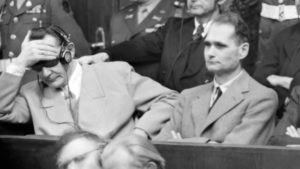
6. In 1919, Hess enrolled in the University of Munich, where he studied geopolitics under Karl Haushofer, a proponent of the concept of Lebensraum, which later became one of the pillars of the Nazi Party ideology.
7. Hess joined the NSDAP on July 1, 1920, and was at Hitler’s side on November 8, 1923, for the Beer Hall Putsch, a failed Nazi attempt to seize control of the government of Bavaria.
8. While serving time in jail for his attempted coup, Hess helped Hitler write his book, Mein Kampf, which became a foundation of the political platform of the NSDAP.
9. After the Nazi seizure of power in 1933, Hess was appointed Deputy Fuhrer of the NSDAP and shortly received a post in Hitler’s cabinet as Minister without Portfolio.
10. He was appointed in 1938 to the Cabinet Council, and in 1939, to the Council of Ministers for Defense of the Reich.
11. When Hitler decreed in 1939 that Hermann Goring was his official success, Hess was named as the next in line.
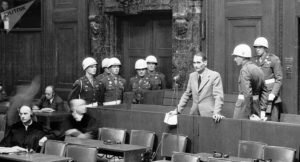
12. In addition to appearing on Hitler’s behalf at speaking engagement and rallies, Hess signed into law much of the legislation, including the Nuremberg Laws of 1935, which stripped the Jews of Germany of their rights in the lead-up to the Holocaust.
13. Hess continued to be interested in aviation, learning to fly the more advanced aircraft that were coming into development at the start of World War II.
14. On May 10, 1941, he undertook a solo flight to Scotland, where he hoped to arrange peace talks with the duke of Hamilton, whom he believed to be prominent in the opposition to the British government.
15. Hess was immediately arrested on his arrival and was held in British custody until the end of the war, when he was returned to Germany to stand trial in the Nuremberg Trials of major war criminals in 1946.
16. During much of the trial, he claimed to be suffering from amnesia, but later admitted this was a ruse.
17. Hess was convicted of crimes against peace and conspiracy with other German leaders to commit crimes and was transferred to Spandau Prison in 1947, where he served a life sentence.
18. Repeated attempts by family members and prominent politicians to win his early release were blocked by the Soviet Union.
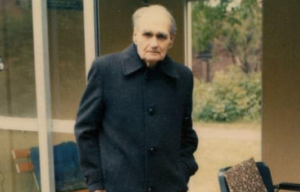
19. Still in custody in Spandau, he died by suicide in 1987, at the age of 93.
20. After his death, the prison was demolished to prevent it from becoming a neo-Nazi shrine.
21. He committed suicide by taking an extension cord from one of the lamps, stringing it over a window latch, and hanging himself.
22. A short note to his family was found in his pocket, thanking them for all that they had done.
23. The Four Powers released a statement on September 17 ruling the death a suicide.
24. He was initially buried at a secret location to avoid media attention or demonstration by Nazi sympathizers, but was re-interred in a family plot at Wunsiedel on March 17, 1988.
25. His wife was buried beside him in 1995.
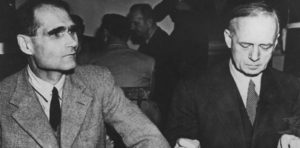
26. Hess’ lawyer, Dr. Alfred Seidl, felt that he was too old and frail to have managed to kill himself.
27. Wolf Rudiger Hess repeatedly claimed that his father had been murdered by the British Secret Intelligence Service to prevent him from revealing information about British misconduct during the war.
28. Abdallah Melaouhi served as Hess’s medical orderly from 1982 to 1987; he was dismissed from his position at his local district parliament’s Immigrant and Integration Advisory Council after he wrote a self-published book on a similar theme.
29. According to an investigation by the British government in 1989, the available evidence didn’t back up the claim that Hess was murdered, and Solicitor General Sir Nicholas saw no grounds for further investigation.
30. The town of Wunsiedel became a destination for pilgrimages and neo-Nazi demonstrations every August on the date of Hess’s death, so the parish council decided not to allow an extension on the grave site’s lease when it expired in 2011.

